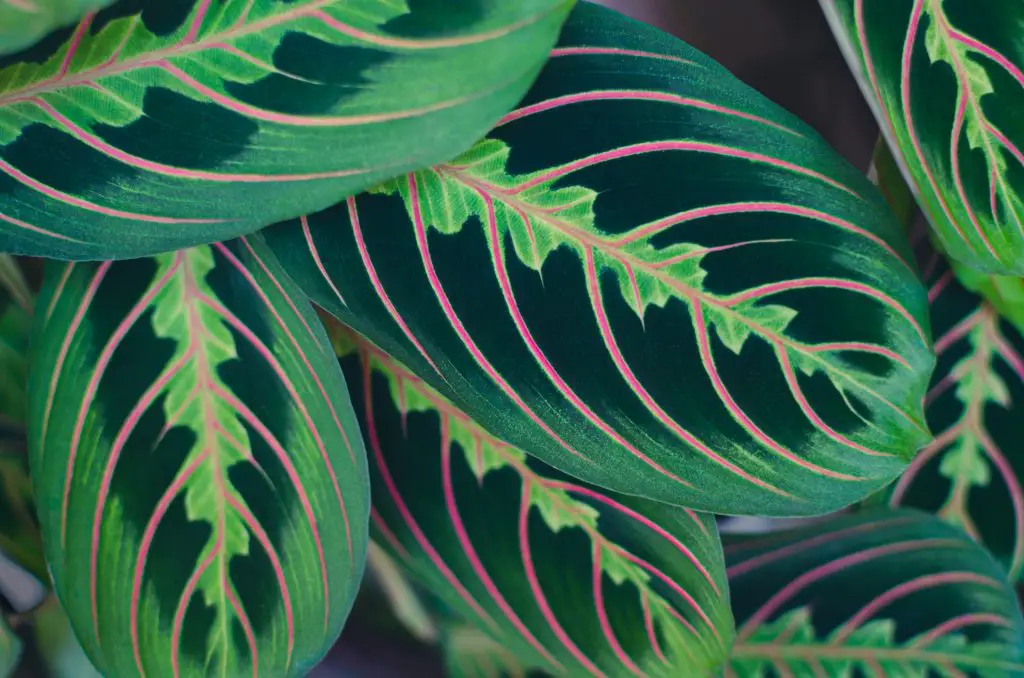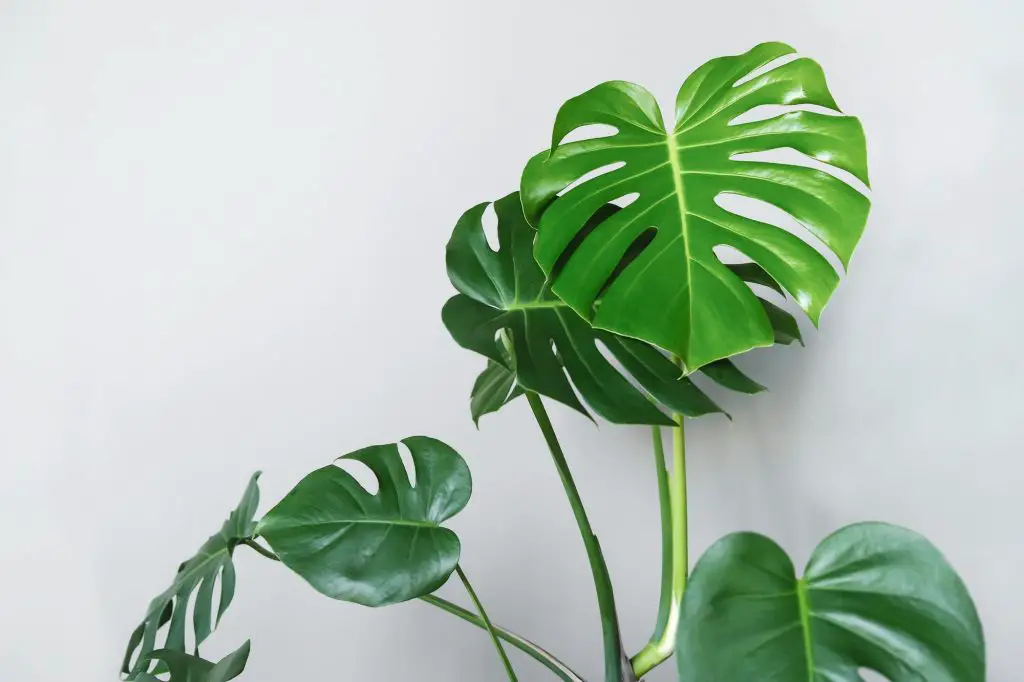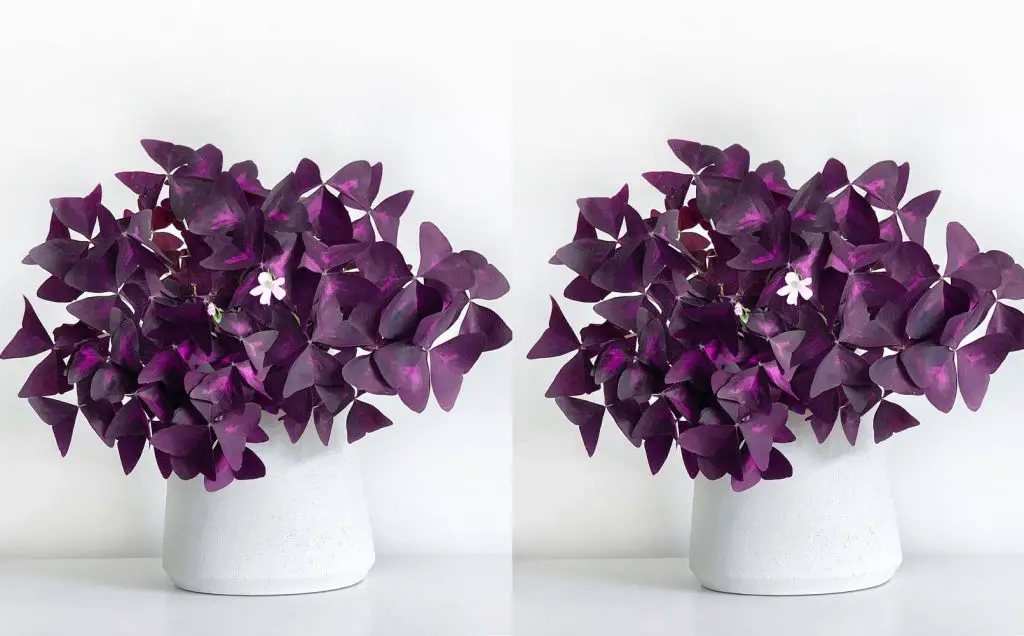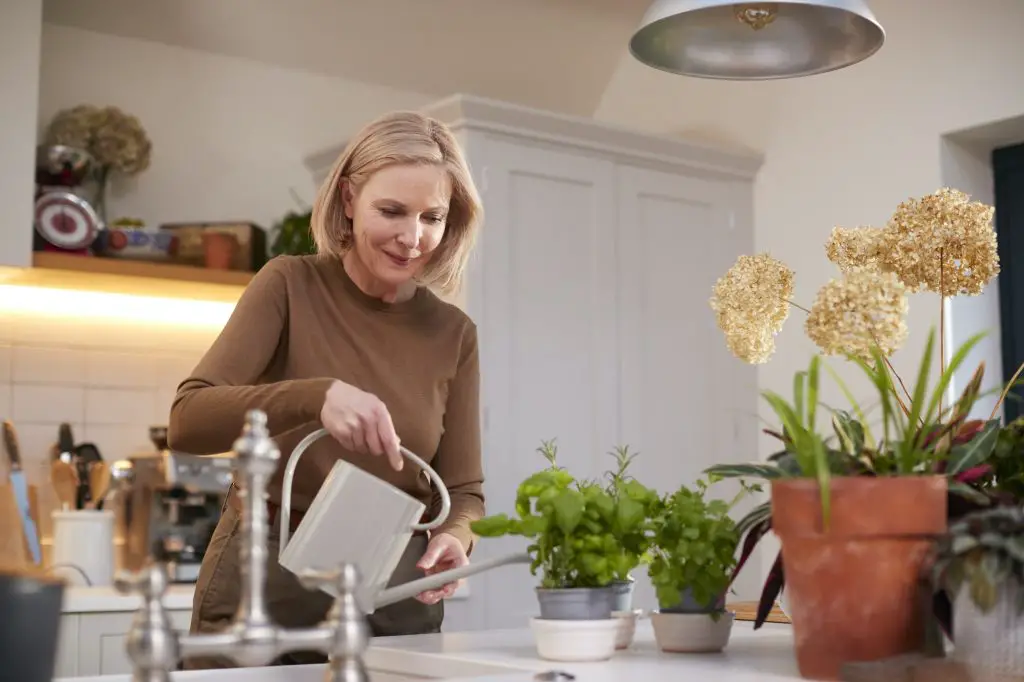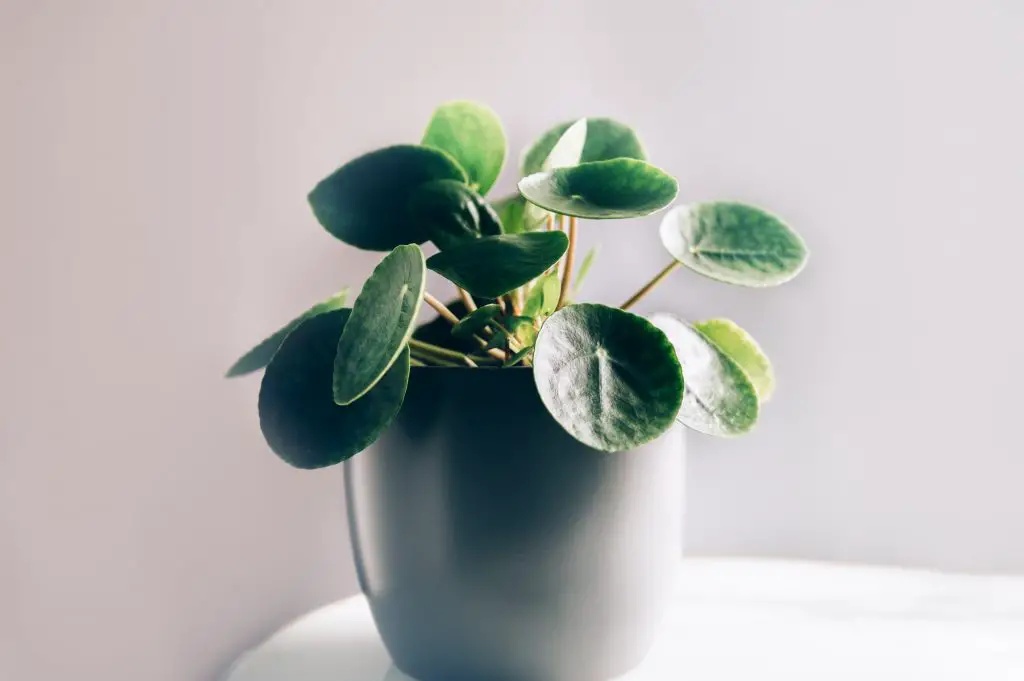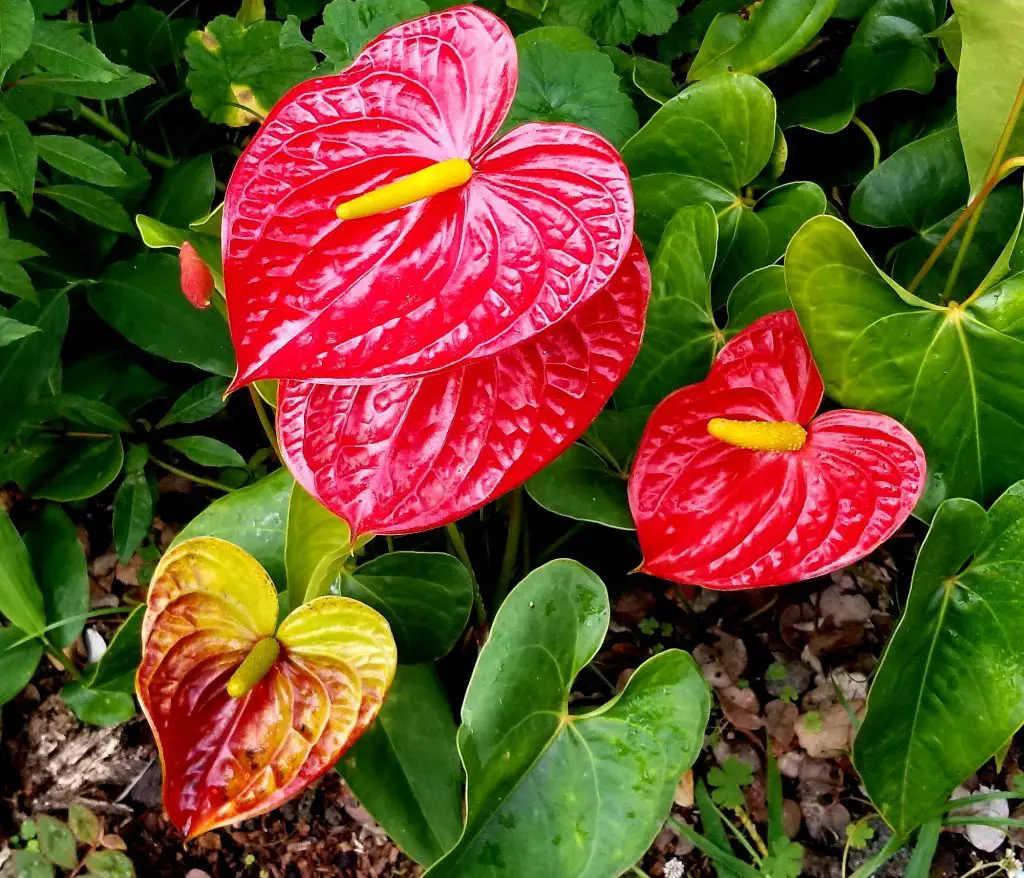Bromeliads are one of the most sought houseplants because their dual functionality of surviving indoors and outdoors contributes to what attracts its growers.
Although bromeliad plants are perfect for indoor or outdoor environments, most growers usually consider the implications of selecting this particular plant and what resources need to be garnered for its upkeep before venturing into propagating it.
Table of Contents
Are Bromeliad Plants Easy to Care For?
To allay fears or worries, bromeliads are very easy to care for considering the minimal resources that are needed for their sustainability and growth though there are basic requirements that are needed to sustain bromeliad plants.
Sustaining Your Bromeliads
The following are the basic and essential requirements to sustain a bromeliad plant.
1. Lighting
Usually, bromeliads require bright light but not direct sunlight, this means that they can survive indoors and outdoors. If placed indoors, the bromeliads can be placed beside a window or under a source of artificial light like a bright lamp to give it the lightning it needs.
If placed outdoors, it can be placed in between trees or other plants so it still accesses light but it is not subjected to be directly under the sun as this can be harmful to it especially when the sun is scorching.
2. The Temperature
Bromeliads can thrive in almost all weather conditions except extreme weather conditions. This implies that your bromeliad can bloom all year round without you having to worry about what season is most perfect to grow your bromeliad plant.
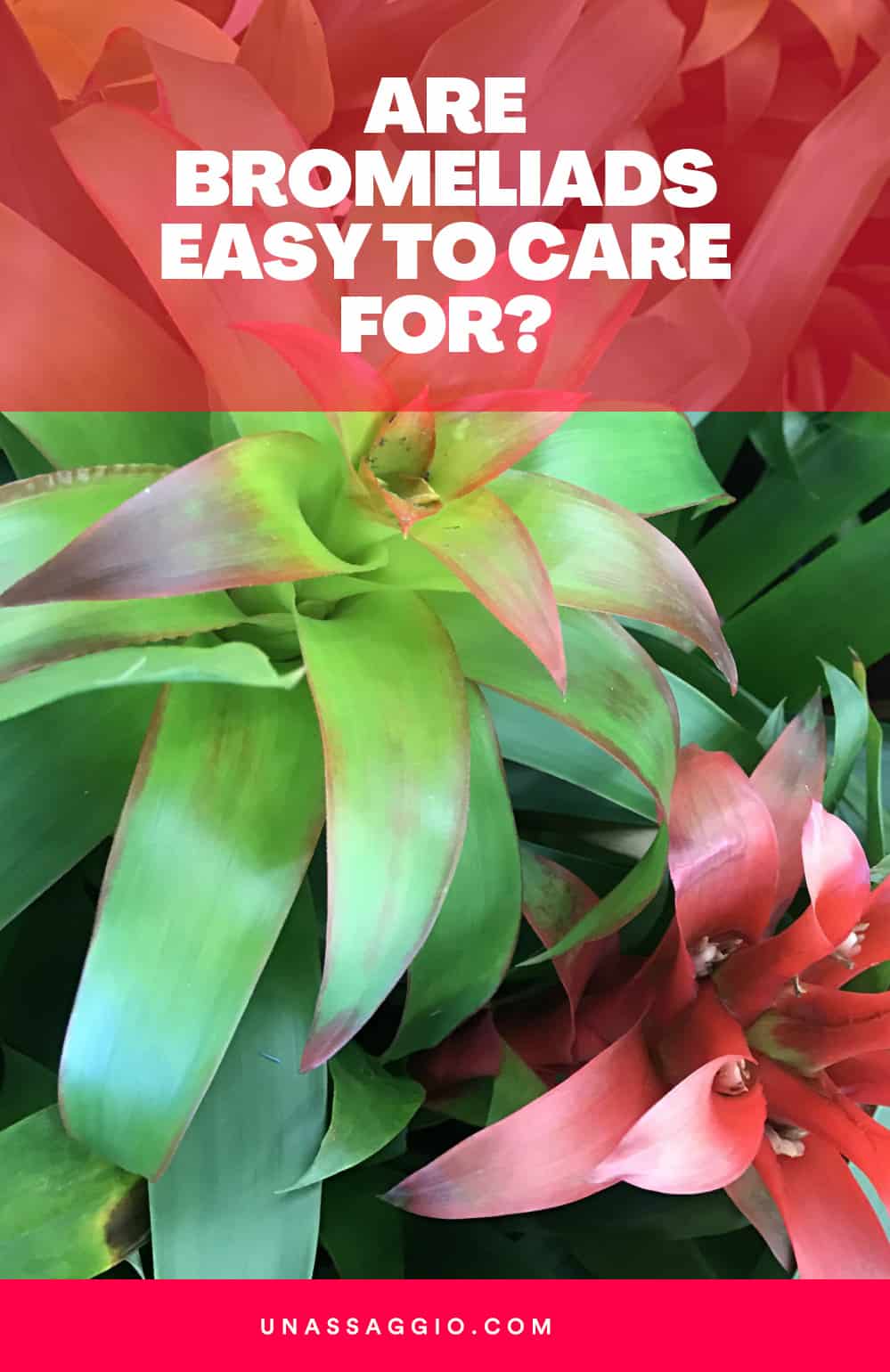
3. Fertilizers
Most bromeliads do not require heavy fertilization as most do not even require any to survive.
If desired, you can still use fertilizers for some species. Adding fertilizers can provide additional nutrients which would help heighten flower production and foliage appearance. Be careful not to over-fertilize as it can affect the appearance of the bromeliad and its vibrant colors would start to fade.
4. Placement Centers
Bromeliads are epiphyte which means that they can grow on trees and rocks and although they gain support by clinging their roots to the trees or rocks, they do not derive any of their nutrients from them.
This means you can grow your bromeliads on trees or rocky soil.
Whether or not you would be placing them indoors or outdoors, you can also place them in pots or containers. These pots or containers can be plastic, ceramic, or clay pots. Bromeliads do not even need deep pots or thick potting soils as they grow better in shallow pots.
5. Time
Bromeliads do not require much attention so it is not time demanding. All you need to do is ensure that your bromeliads receive adequate lighting.
Their environment is humid which can be achieved by minimally watering it or using humidifiers. Also, they do not even require fertilizers to survive so you might not need to be bothered about fertilizing them which may take your time.
When your attention may be needed, there is a case of infestation that can easily be solved by separating the infested plant from the healthy plants or consulting a professional grower if it is beyond your capacity.
Quick Bromeliads Care Tips
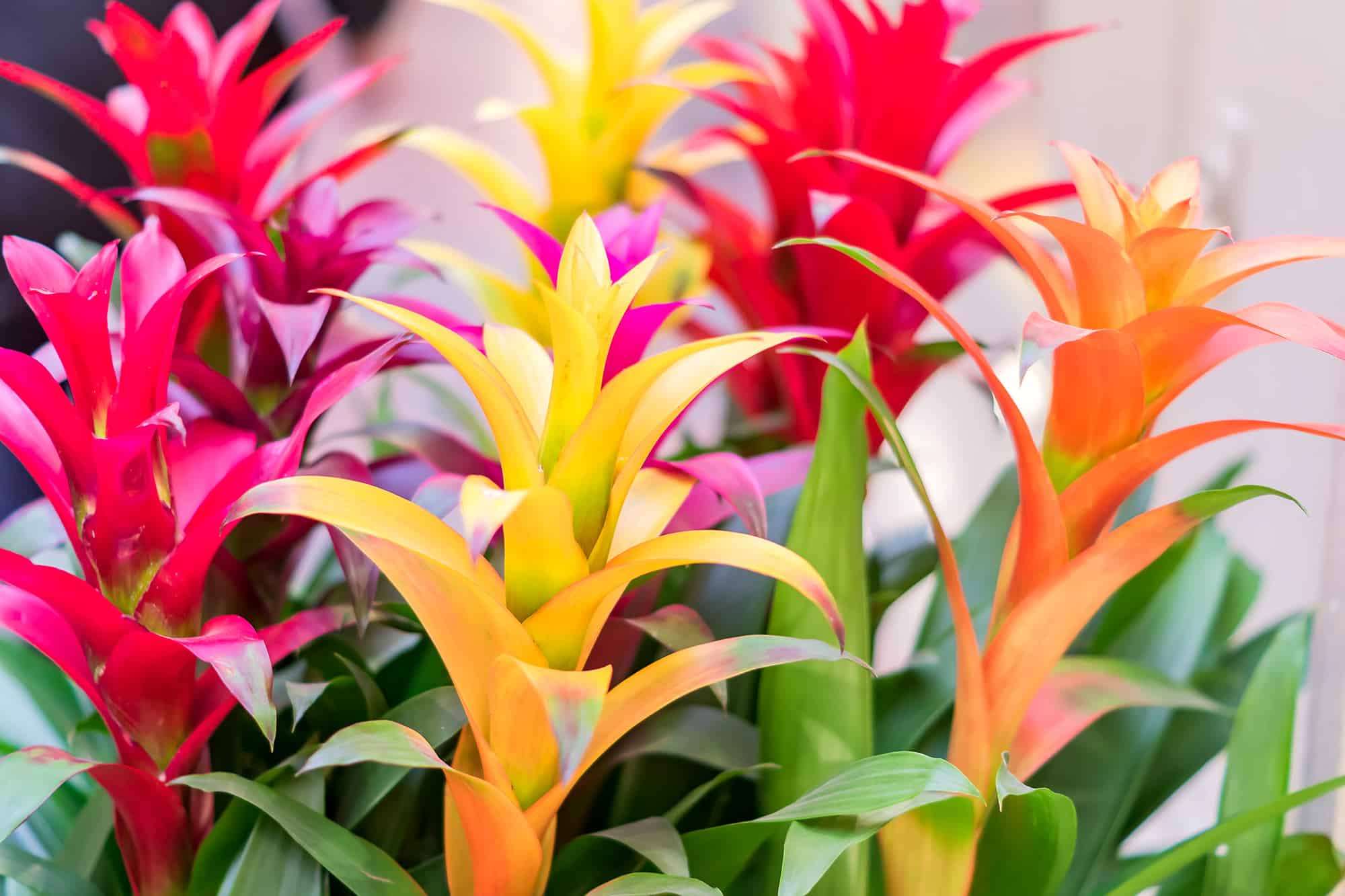
1. Infestation measures to take with your Bromeliads
Bromeliads do not require insecticides as you can just spray out the bugs or insects with water. In cases of severe infestation, infected plants can be separated from the healthy ones to prevent the spread as mentioned earlier so it is not cost-intensive. If you would be using insecticides, it is best to consult a professional grower to guide you.
2. Bromeliads life span
Most bromeliad species are one-time bloomers who usually live for two to five years even with the ideal care. Once a decline starts, they start to fade and die. This should not be a cause of worry because bromeliad plants usually continue to grow from new sprouts which are created after flowering.
These new sprouts are usually called pups. Proper care of these pups can lead to beautiful bromeliads suitable for your use.
3. Caring for a Pup
The amount of time a pup spends with its mother is important in determining how fast it would reach its maturity. However, removing the pups would allow the original bromeliad to focus on producing more pups. When you decide to harvest your pups is based on your choice
Final Thoughts
Generally, bromeliads are very wonderful plants when considering the benefits to both you and your environment. It is also not expensive in regards to the time and resources required.
A Bromeliad propagation is indeed very easy to care for.
More info about Bromeliads? Read this: Bromeliads: The Complete Growth And Care Guide (2021)


